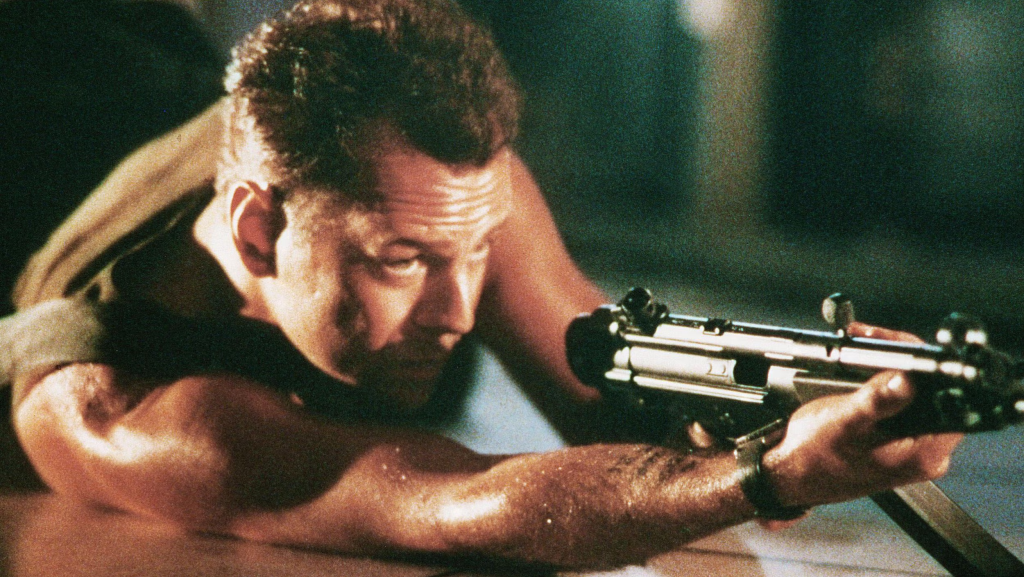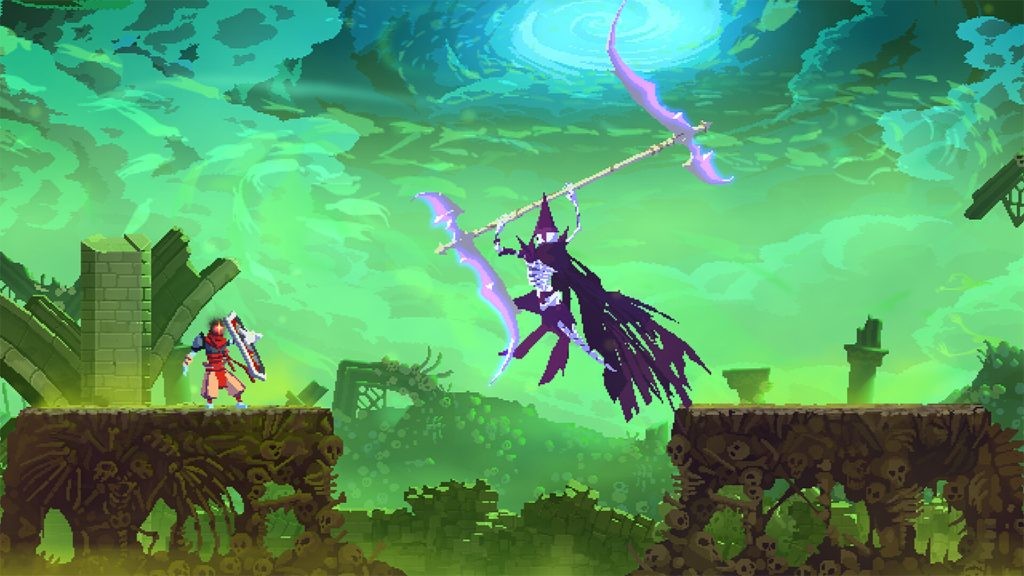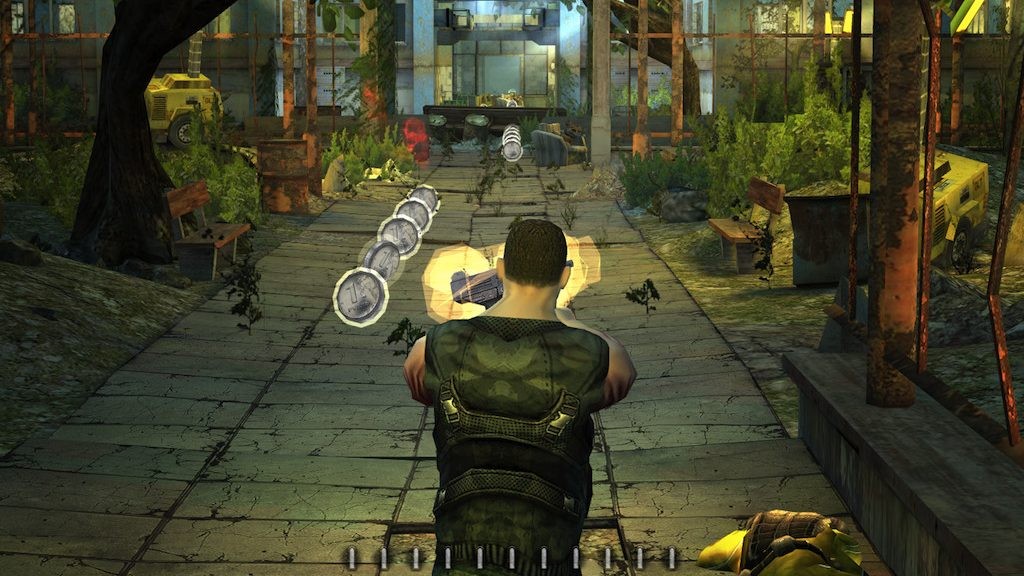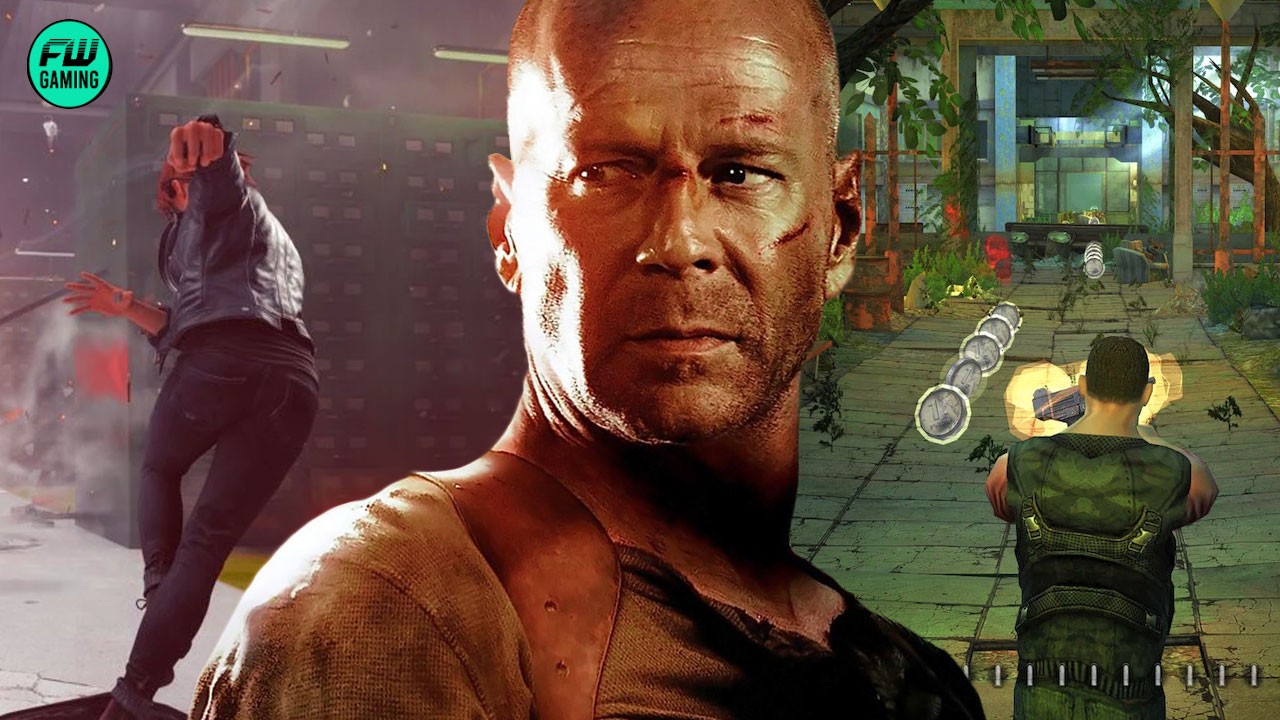It’s the holiday season, the bells are chiming and lights flood a city’s skyline. In 1988, this could have been the perfect backdrop for a peaceful holiday film, but not when a movie like Die Hard dropped.
John McTiernan’s powerful film captivated the attention of millions and brought them two hours and eleven minutes of pure entertainment. The setting was quite something; a witty cop with an empathetic demeanor, a terrifying villain with an adequate number of bad guys working for him, and the tall and proud architectural wonder, Nakatomi Plaza.
The fictional building based on Fox Plaza in Los Angeles could easily pass for engaging level design, given all the floors, corners, and blind spots inside. And, that’s where I’d like to take a closer look; what if Die Hard served as the foundation for a large Metroidvania game?
After all, we have a protagonist who explores the different ‘levels’ of a structure that is seemingly larger than life, given the enemy types and objectives available to him at that moment.
Die Hard’s Legacy Sets an Easy Foundation for a Video Game

It’s easy to pinpoint why Die Hard is a Hollywood classic to die for. From its adequate pacing to its three-dimensional characters, the movie unfolds like a true Western. However, it has little to do with revolvers and cowboys.
Instead, you’ve got a typical modern setting with skyscrapers and run-of-the-mill terrorists who would make the perfect NPCs in a mediocre-difficulty Metroidvania game. Still, everything about Die Hard makes it a memorable film.
With grace, this vision carries into its action sequences. Especially how things shake up towards the end. And, between these high-adrenaline shots of action and tactics, there’s an underlying message about the importance of family, selflessness, and empathy.
Die Hard’s Setting Adds to the Uniqueness of Metroidvania Games

John McClane is a character who is essentially in the wrong place, at the wrong time, surrounded by the wrong kind of people. Yet, Die Hard’s narrative structures itself in a way that our protagonist explores every possible outcome and distraction within Nakatomi Plaza to turn things to his advantage. And this, dear gamers, is what makes Metroidvanias so special.
From classics like Castlevania and Metroid to modern titles like Dead Cells and Hollow Knight, platforming across different parts of the map isn’t just a lucky coincidence the game throws our way. Instead, exploring every part of a specific map reveals the underlying lore and mystery surrounding its world. Furthermore, it may even reward players with new items, gear, weapons, skills, and so on.
The non-linearity of Metroidvania games would do justice to Die Hard’s many facets. Crawling through vents, dropping from a low-hanging ceiling, and sneaking up on bad guys are just some of the ways the game could capture the magic of exploration within Nakatomi Plaza.
An 1988 Classic in a Modern Metroidvenia.

In all authenticity, Metroidvania games look and work the best behind the smoke and mirrors of fat pixels, 2D platforming, and an 80s soundtrack to go with it. Keeping that in mind, a lot of games based in the 3D universe do justice to the genre’s gameplay loop without directly identifying as the genre itself.
Picture the hows and whys of what made games like older Resident Evil and Metal Gear Solid so good. In the early days of the PlayStation era, some of these titles while not completely 2D, gave players a unique look at how camera angles would work in hopes of building mystery and suspense over fixed 3D angles.
An honorable mention goes to Die Hard Trilogy; a PS1 action game few remember as part of their core childhood memories today. The game was nothing close to a Metroidvania. Instead, it gave players a handful of guns and a trigger-happy John McClane as he explored a bunch of different levels that somewhat represented interiors from the first Max Payne game.
There’s a catch here though – just like the little sneak-peak Resident Evil: Director’s Cut would give players in terms of gameplay design, Die Hard Trilogy had close-cut camera changes that would only reveal a part of the upcoming areas. Once the players moved through the doors, they could see what was in for them.
I’d like to think this wasn’t entirely intentional, but does add to the theory that Die Hard would make an excellent Metroidvania game.
How Would a Die Hard Metroidvania Even Work?

Usually, the objectives of linear action games are straightforward (as they should be). The good guy starts on a journey. The bad guy throws up rough dialogues and problems. The good guy solves them (while also saving the damsel in distress).
To be fair, Die Hard pretty much set up this narrative for any action game that would try to mimic the film. Now, here’s where it takes a massive turn; the non-linearity of Metroidvania games. Plus, the importance of setting up incentives for players to explore the map as much as they can.
I’m thinking of a studio like Remedy Entertainment to take a shot at a faithful Die Hard game. Simply because of how well the studio tends to capture the mysteries and suspense of everything and anything that can go wrong within close spaces. Moreover, not letting this get in the way of exploring environments.
This is an important aspect of a Metroidvania game, and exploring Nakatomi Plaza should be a rewarding experience. If we’ve learned anything from games like Control, it’s the power of game design that isn’t afraid of hiding intricate details about the world within the likes of drawers, boxes, ‘objects of power’, and so on. These are usually stored as audio logs or emails/letters and memos.
Furthermore, every floor of the building can include character upgrades and weapons that give an edge to McClane. Perhaps even character perks? Something like better listening to conversations (like we’ve seen in The Last of Us) and finding new ways of disarming terrorists as the player progresses through the game’s narrative.
Going back through floors and discovering pathways can give players another chance to seek out messages/lore they could have missed earlier.
On the contrary, I’d be in favor of a 2D game if that’s a possibility. As long as it’s engaging, paced well, and gives players the chance to navigate the building’s many aspects. Perhaps we can even have sequences in the game that explore McClane’s life as a detective in the NYPD.
This may be similar to how players explore the life of the protagonist’s many different roles in Dave the Diver; as Dave goes deep sea diving to uncover important resources while also managing a sushi restaurant.
There’s a lot that can be done with a game based on the 1988 classic, and gamers should open to all kinds of creative experiments. Well, as long as the end of it all sees a Christmas miracle that saves many lives, and an architectural wonder that has been adequately explored by curious players.
Follow us for more entertainment coverage on Facebook, Twitter, Instagram, and YouTube.

